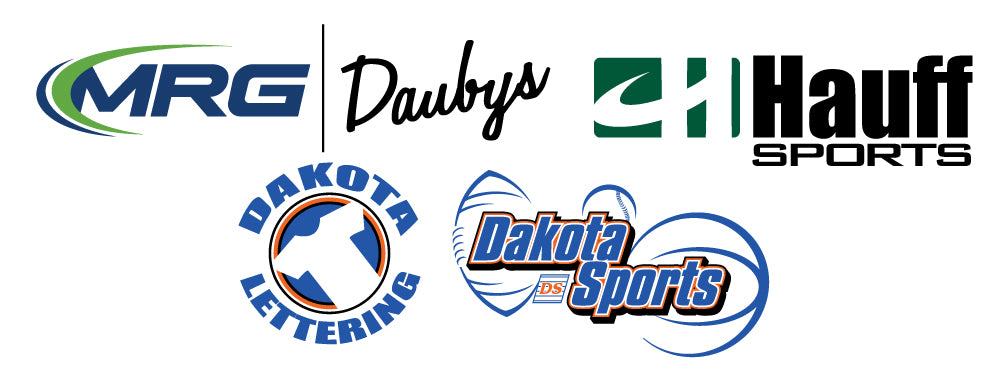Let’s be real—sports aren’t what they used to be. Forget dusty clipboards and curtains of sweat on the sidelines. These days, it's all about data, AI, and real-time insights changing everything—from how coaches train, to how athletes recover, to how teams strategize.
This is the future of sports. And surprisingly, it's not as distant—or as complex—as you'd think.
Wearables & Smart Data: The Pulse of Performance
Remember when tracking an athlete meant a stopwatch and a sip of water? Now, movements, speed, workload, and even fatigue are tracked via wearables—tiny sensors that tell you what’s going on before your body sends a protest.
- How it works: Players pop on GPS vests or shoe sensors. Trainers monitor data like top speed, distance covered, and movement patterns. It’s like having a coach whispering in your ear… only smarter.
- Why it matters: Coaches can personalize workouts (because every athlete is different), prevent injuries before they happen, and recover smarter—without overtraining.
Automated Video & Scouting: Your Eyes on the Field—Even When You Can't Be
Gone are the days of clipping game tapes and reviewing endless footage manually. Now, tools do the heavy lifting so you can focus on the big picture.
- AI-Powered Breakdown: Enter tools like 2%Football, which focuses on the schematic tendencies utilized by an opponent and uses learning software to show strengths and weaknesses, as well as an assessment of a team's biggest "playmakers", to accurately predict what to expect from any opponent. Instead of cringing at slow playbacks, coaches get instant insight—so scouting becomes smarter, not sloggy. 2% Football's scouting reports thrive by merging analytics with qualitative data, produced by technology trained by real football coaches.
- All-Day Recording Made Easy: Systems such as GameChanger and Pixellot let you record, stream, and archive entire games without a cameraman. Coaches—and even families—imagine watching condensed plays after the final buzzer, instead of shuffling through hours of footage.
- Platforms like Playermaker take this to the field—literally. Your footwear is the data collector: movement, kick velocity, overload moments—it’s all tracked to inform training and injury prevention.
AI for Strategy & Health: Smart Decisions Made Faster
Ever wish you had a second brain helping you plan? That’s what AI tools are offering coaches today.
- Predictive Performance: Algorithms analyze how much load an athlete can handle without risking injury—and tell you when to push harder and when to back off.
- Game-Time Decisions: Data-driven insights are helping coaches plan substitutions and play calls—not just from gut instinct, but from real-time performance indicators.
- Program Management Gets Smarter: Athletic directors aren’t just juggling schedules manually anymore. Tools like advanced scheduling apps are automating communication, managing venue bookings, and tracking availability—giving back precious time to lead, not manage.
The Human-AI Tag Team: Balancing Tech with Touch
Technology brings smarts—but it doesn’t bring heart. The magic happens with both work together.
- Technology tells us what happened. Coaches decide what it means.
- A shoe sensor might say an athlete is overworked. A coach knows why and how to adjust the next day.
- AI can flag fatigue. But only a human coach knows what motivates and inspires.
The best programs? They're using data to augment coaching—not replace it.
Watch the Gaps—Equity, Access & Human Connection
Some programs have cutting-edge tech; others still hustle with sponges and cones. That digital divide can widen gaps in performance and experience.
- Smaller or under-resourced programs may not afford tracking gear or streaming tools—leaving them behind in the AI sprint.
- Too much data? It can drown an athlete—or coach. Having a ton of metrics is pointless without filters, meaning, and human context.
So, adoption goals should include fairness, access, and always, people first.
Recap: Where Tech Is Heading—And What We Should Bring It
|
Tech Area |
Real-World Use |
|
Wearables & Load Data |
Track performance, prevent injuries |
|
Automated Video & Scouting |
Platforms like 2%Football and Pixellot make game insights instant |
|
AI Strategy Tools |
Predict performance and inform decisions |
|
Program Management Apps |
Streamline scheduling and communication |
|
Human-AI Teamwork |
Tech informs. Coaches lead. |
|
Equity Awareness |
Keep access fair. Keep coaching human. |
Technology isn’t just changing the game—it's leveling it up. When AI meets insight, sports become smarter, safer, and more intentional. And when we keep the coach as the decision-maker? That’s where the future gets exciting.


